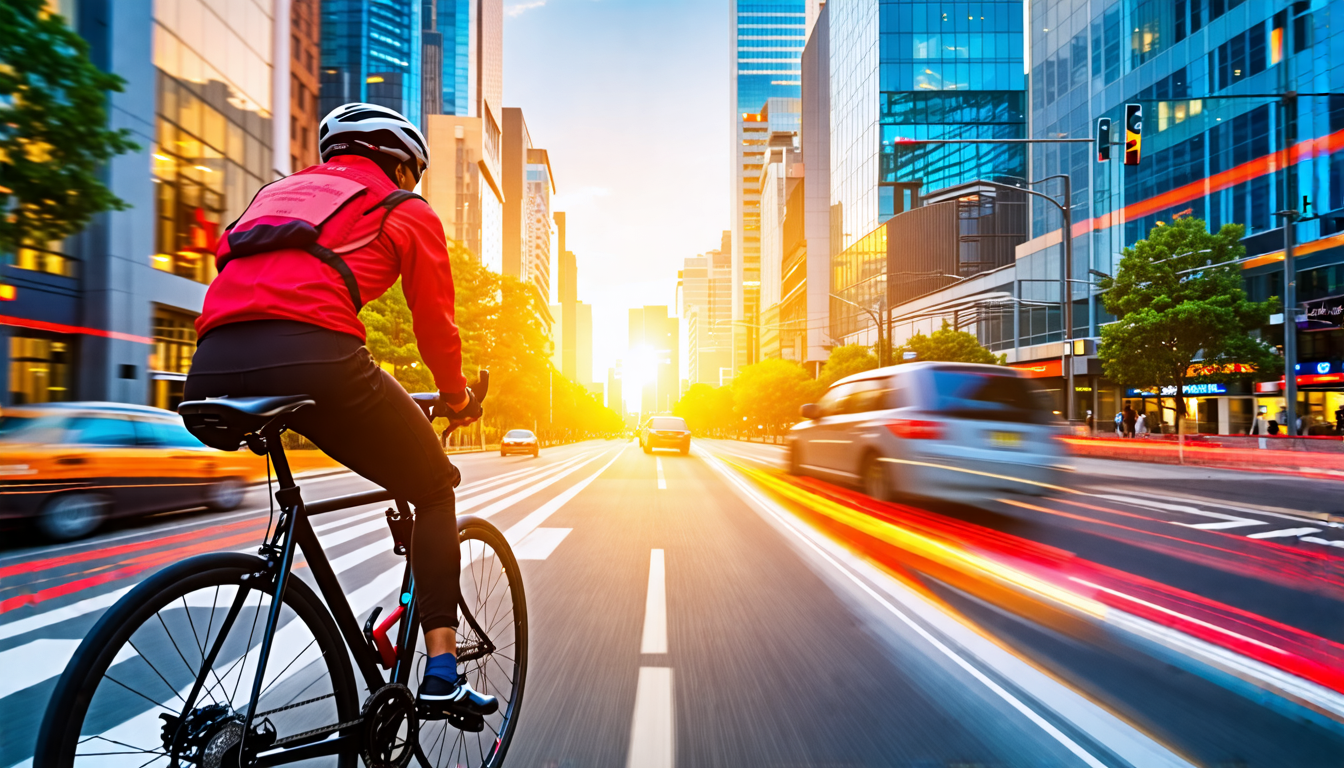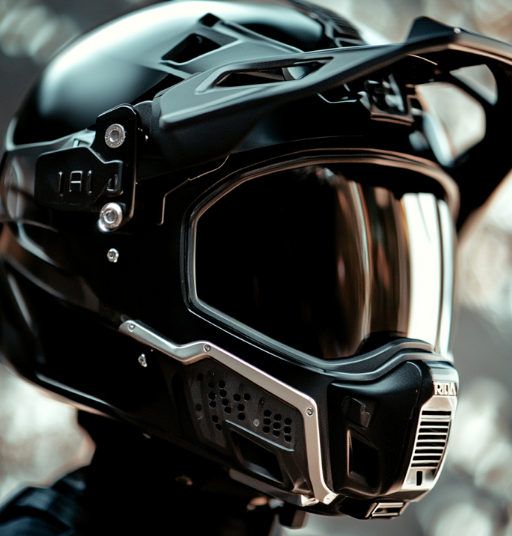The Ultimate Guide to Bike Cameras: Selection Tips, Recording Quality Tips, and Handling Near Misses, Close Passes, or Collisions
Choosing the Right Camera
Selecting the ideal bike camera hinges largely on your primary purpose. If you’re focused on safety and gathering evidence in case of accidents, cameras offering superior video quality and recording capabilities should be prioritized. For those interested in documenting rides, action cameras might provide more suitable options.
Types of Cameras: There are several types to consider:
- Action Cameras: Brands like GoPro are well-known for their robust build and versatility.
- 360-Degree Cameras: Options such as the Insta360 allow for immersive videos and excellent stabilization.
- Dedicated Bike Cameras: Designed specifically for cycling, cameras like the Cycliq Fly12 often integrate lights and have a form factor suited for bikes.
Key Features to Consider
Video Quality: Opt for high resolution (minimum 1080p) and a frame rate of 60fps or higher to ensure clarity, especially when capturing critical details like vehicle number plates.
Battery Life: Your camera should at least match the duration of your average ride. Some models offer replaceable batteries, which can be a big advantage for longer rides.
Mounting Options: Consider the flexibility of mounting options such as handlebar, helmet, or adhesive mounts—more versatility means better adaptability to your setup.
Additional Features: Integrated lights, GPS navigation, and other advanced features may enhance your overall cycling experience and safety.
Recording Quality Tips
Stabilization: Cameras with advanced stabilization technology are crucial for capturing smooth footage, particularly when cycling on rough terrain. For instance, the Insta360 One X2 excels in this area due to its 360-degree stabilization.
Audio Quality: For those living in busy areas, crisp audio is vital if the footage is to serve as incident evidence. Using a windmuff can dramatically enhance audio clarity.
Handling Incidents and Near Misses
Reporting Incidents: If your camera records a near miss or accident, knowing how to utilize the footage is crucial. Always save the footage promptly, and make sure you can accurately note the time and date for any necessary reports to authorities or insurance companies.
Data Protection: Ensure your camera is correctly set up with accurate date and time settings. Some models, like the Chilli-tech cameras, have known issues in this area, so double-check these settings regularly.
Practical Considerations
Size and Weight: Especially if the camera will be mounted on your helmet, consider its size and weight. A bulky camera can be cumbersome during rides.
Ease of Use: A simple interface is a key factor. In situations where quick recording is needed, a user-friendly camera can make all the difference.
Additional Cameras and Accessories
Multiple Cameras: Using both front and rear cameras can provide comprehensive coverage, capturing different angles of any incident you might face.
Accessories: Consider supplementary accessories like tripods, selfie sticks, and windmuffs, which can significantly enhance both the functionality of your camera setup and the quality of your recordings.
By carefully considering these key factors, cyclists can select the most appropriate bike cameras to meet their unique safety and documentation needs.


